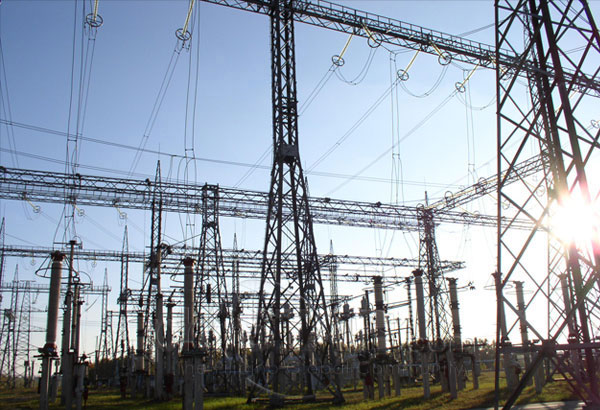Philippine dairy imports to rise 3.44% this year
MANILA, Philippines - Philippine dairy imports are expected to rise 3.44 percent this year due to the rapid expansion of the local food processing industry, the US Department of Agriculture (USDA) reported.
In its biannual report released recently, the USDA Foreign Agricultural Service (FAS) reported the Philippines is expected to import 1.800 million metric tons (MT) this year, up from 1740 million MT in 2014.
The country produces less than one percent of its annual dairy requirement of 1.991 million MT. This year, the Philippines continues to be a major importer or dairy products especially milk powder.
The Philippines imports most of its dairy requirements from New Zealand, which supplies 30 percent of the requirement. The United States and Australia are also major sources, supplying 24 percent and seven percent of the domestic respectively.
The country is the fourth largest market for US dairy products with imports currently valued at $422 million, up 16 percent in 2014.
Data from the National Dairy Authority (NDA) shows local milk production is projected to reach 21,000 MT this year, up from 20, 010 MT last year.
The USDA said this volume is expected to expand annually because of strong demand for fresh milk and growing production capabilities.
As of January 2015, the size of the country’s dairy herd is placed at 19,792 dams and does, up by 2.5 percent from the previous year. This comprises dairy cattle (10,036 heads), water buffalo (8,736 heads) and dairy goats (1,020 heads).
Dairy cattle numbers increased in 2015 due to the ongoing government herd build-up programs and the growing number of dairy multiplier farms of the NDA. Dairy cattle numbers are expected to continue increasing by about 1,000 to 1,500 heads per year for the next several years, said the USDA.
The USDA said the average Philippine milk production per animal of eight liters per day remains low due mainly to poor feed and management practices as well as high production costs and lack of an adequate dairy infrastructure.
Four main types of dairy farms operate in the Philippines: individual smallholder producers, that consume and sell locally what they produce; smallholder cooperatives, that deliver their milk to a collection point for transport to a processing plant; commercial farms, that supply processors; and government farms, that supply milk for school and rural community feeding programs.
With dairy production in the country being more community-based, maintaining the quality of fresh milk is a challenge due to the lack of processing and distribution systems, and a dependable, continuous cold chain.
As such, a significant amount of Philippine fluid milk supply is actually ultra high temperature (UHT) milk reconstituted from imported milk powder.
- Latest
- Trending





























